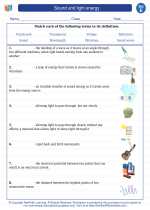Muscular System
The muscular system is a network of tissues that controls movement throughout the body. It is made up of over 600 muscles, each with a specific function. These muscles allow us to move, breathe, pump blood, and even digest food. There are three main types of muscles in the human body: skeletal, smooth, and cardiac.
Skeletal Muscles
Skeletal muscles are attached to the bones and work together to help us move. They are under voluntary control, meaning we can choose to move them. These muscles also provide stability and support for the body.
Smooth Muscles
Smooth muscles are found in the walls of internal organs, such as the stomach, intestines, and blood vessels. They are involuntary muscles, meaning they work without us having to think about it. Smooth muscles help with functions like digestion and blood flow.
Cardiac Muscles
Cardiac muscles are found in the heart and are responsible for pumping blood throughout the body. Like smooth muscles, cardiac muscles are involuntary and work continuously to keep the heart beating.
How Muscles Work
Muscles work by contracting and relaxing. When a muscle contracts, it becomes shorter and pulls on the bones, causing movement. When it relaxes, it returns to its original length. This back-and-forth motion allows us to perform various actions, from simple tasks like walking to more complex movements like playing sports.
Study Guide
- What is the main function of the muscular system?
- Identify and describe the three main types of muscles in the human body.
- How do skeletal muscles differ from smooth muscles?
- Give an example of a voluntary muscle movement and an involuntary muscle movement.
- Explain how muscles work to produce movement.
◂Science Worksheets and Study Guides Fifth Grade. Sound and light energy
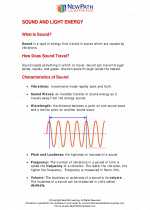
 Activity Lesson
Activity Lesson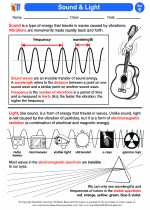
 Worksheet/Answer key
Worksheet/Answer key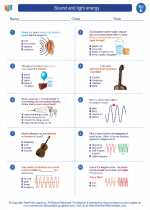
 Worksheet/Answer key
Worksheet/Answer key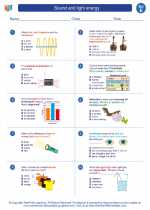
 Worksheet/Answer key
Worksheet/Answer key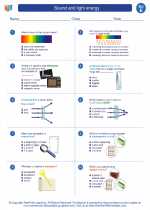
 Worksheet/Answer key
Worksheet/Answer key
 Vocabulary/Answer key
Vocabulary/Answer key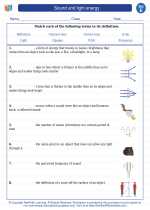
 Vocabulary/Answer key
Vocabulary/Answer key